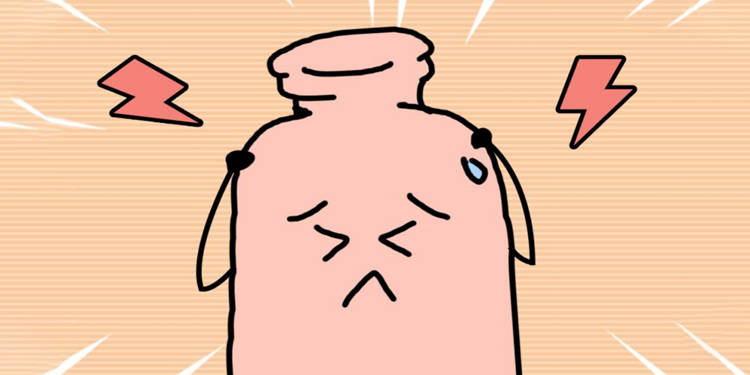As a normal tissue of males, foreskin is present on every male from birth. It is used to protect their little brother. With age, it gradually recedes, exposing the little brother’s head. However, after maturation, many males find their foreskin unable to retract, leading to a condition called phimosis. This can eventually cause various problems. Here are a few reasons why this “sweater” needs to be removed.
1. Causes inflammation, recurrently
When the foreskin is too long, inadequate cleaning can cause an accumulation of sebum secretions inside the foreskin, forming smegma. Over time, this can lead to balanitis and may also cause prostatitis, pyelonephritis, and cystitis. If phimosis is not treated promptly, it can lead to recurrent balanitis, resulting in urethral stricture, leading to difficulties in urination, urine retention, and potential kidney damage over time.
2. Causes discomfort for partners
Excessive foreskin can harbor dirt and grime, making it easy to introduce these impurities into the female’s vagina during intercourse, leading to gynecological conditions like vaginitis in women. In severe cases, it may even trigger cervical cancer. The accumulation of smegma and bacteria increases the risk of infectious diseases spreading. Severe phimosis or a tight foreskin may affect fertility and hinder the normal discharge of semen and sperm motility.
3. Long-term impacts
Excessive foreskin may lead to a tight foreskin, wrapping the glans tightly, thereby limiting external stimulation. This can affect the normal development of the penis and may cause malignancy if balanitis persistently stimulates the glans, leading to penile cancer.
Shandong Eastern Men’s Hospital reminds:
In conclusion, foreskin phimosis not only affects physical health but also may have adverse effects on sexual life and psychological well-being. Therefore, it is recommended that males with such issues seek medical attention promptly, follow the doctor’s advice, and choose appropriate treatment methods to reduce potential risks and harm.
[Special Note] Some images used in this article are from the internet for public welfare education; the image copyrights belong to the original authors. Please contact for removal if there is any infringement.


